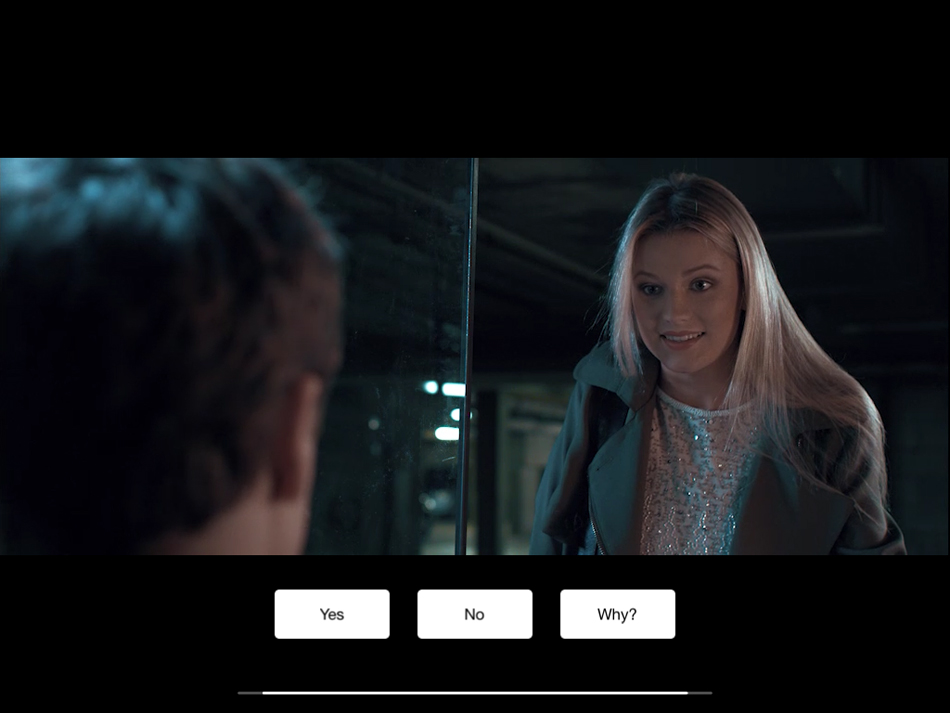Nowadays, people show the unprecedented demand for the information. Transmedia appeared when a single form of media could not meet the needs of the audience. Moreover, the development of new technology, especially the network, provided the necessary technical support. The reason why transmedia is inevitable is every kind of media seek a better living environment and development opportunities. Of course, the advantages of transmedia are obvious transmedia can expand the audience coverage, reduce the cost, and improve the efficiency of information dissemination.
Jenkins (2007) defined ‘ Transmedia storytelling represents a process where integral elements of a fiction get dispersed systematically across multiple delivery channels for the purpose of creating a unified and coordinated entertainment experience.’ Take the <The Matrix> series as an example, Jenkins presents this new form of using the different medium to extend the story frame to people. It contains the commercial potential and promoting media industry to start thinking about the possibility of transmedia storytelling.
Fans play an indispensable role in the transmedia, and fans are more active than the general audience. Fans often spend on the media consumption enthusiastically, and they will put their worship of someone or something into their lifestyle. A brand needs the emotional support from fans, the value of fans is enormous, fans are willing to spend, they are high loyalty and high participation. ‘the relationship between transmedia with users lies in the diffusion of stories, which are provided by transmedia storytellers to attract great amounts of potential users. At the meantime, users immerse themselves in these stories by participating in related interaction through different media platforms’ (Yang & Zisiadis 2014). The creator and the consumer complete the content filling and form extension of the work together. The creators need to decide the theme, storyline and narrative framework carefully according to the audiences’ preference and create conducive and collaborative content. The ultimate purpose is to attract more supporters.
The most effective transmedia storytelling tool is to create a part of story world beforehand. The audience can participate and have understanding in any perspective, and the audience will get a feeling of reality through virtual Website. For example, the website ‘Buy&Large’ in the film <WALL.E> was launched when the film released, and it allowed the audience ‘buy’ different robot from the website. It made the audience to experience the parts which are not represented in the movie, also understand the robot world. Take HBO as an example too. They aimed the fans of <Game of Thrones>, they want to make the fans who have never read the original story to understand the complex world and know the plots and the characters easier. They ‘decided to create a sensorial strategy and used the five senses to present Westeros and the characters before the pilot episode of the show aired on HBO. For each sense (sound, taste, touch, sight and smell), they developed a specific material, online or offline, which was supposed to make the audience feel as if they were in the same places as the characters in the series’ (Bourdaa 2014).
References:
Aaron, S 2017, Advantages and Challenges in the Business of Transmedia Storytelling, viewd 29 May, <https://asmith50.wordpress.com>.
Bourdaa, M 2014, ‘This is not marketing. This is HBO: Branding HBO with transmedia storytelling’, Networking Knowledge: Journal of the MeCCSA Postgraduate Network, vol. 7, no. 1.
Jenkins, H 2009, Transmedia storytelling, Volume.
Yang, B & Zisiadis, M 2014, Transmedia marketing: strengthening multiplatform user participation through storytelling.







